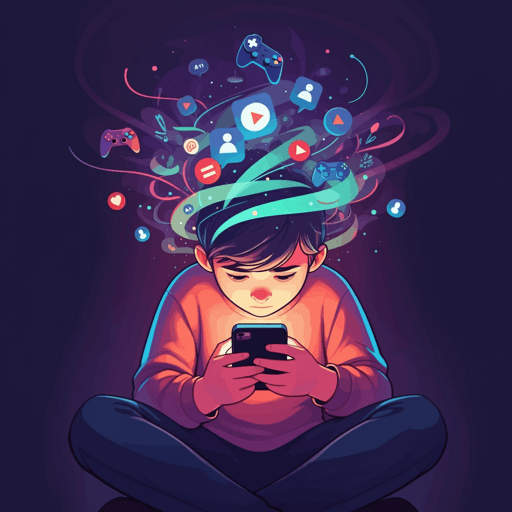
Medicine and Health
Associations of time spent on different types of digital media with self-rated general and mental health in Swedish adolescents
H. Frielingsdorf, V. Fomichov, et al.
Adolescents who spend 4–5+ hours daily on digital media—especially watching movies/series/video clips—show higher rates of poor self-esteem, low mood/depression, sleep problems and physical pain, with very high use (≥6 h/day) linked to anxiety, poor general health and low trust. This cross-sectional study of 3,566 Swedish 16–17-year-olds found dose–response associations that emerge after 4–5 hours. The research was conducted by Authors present in <Authors> tag.
~3 min • Beginner • English
Related Publications
Explore these studies to deepen your understanding of the subject.







